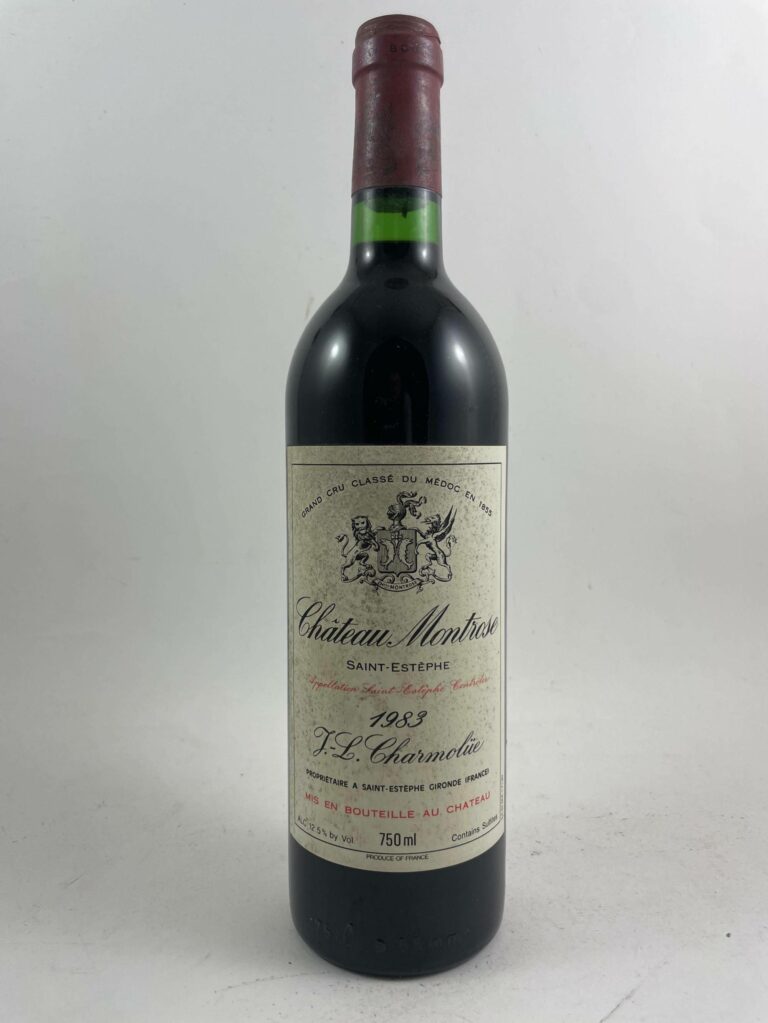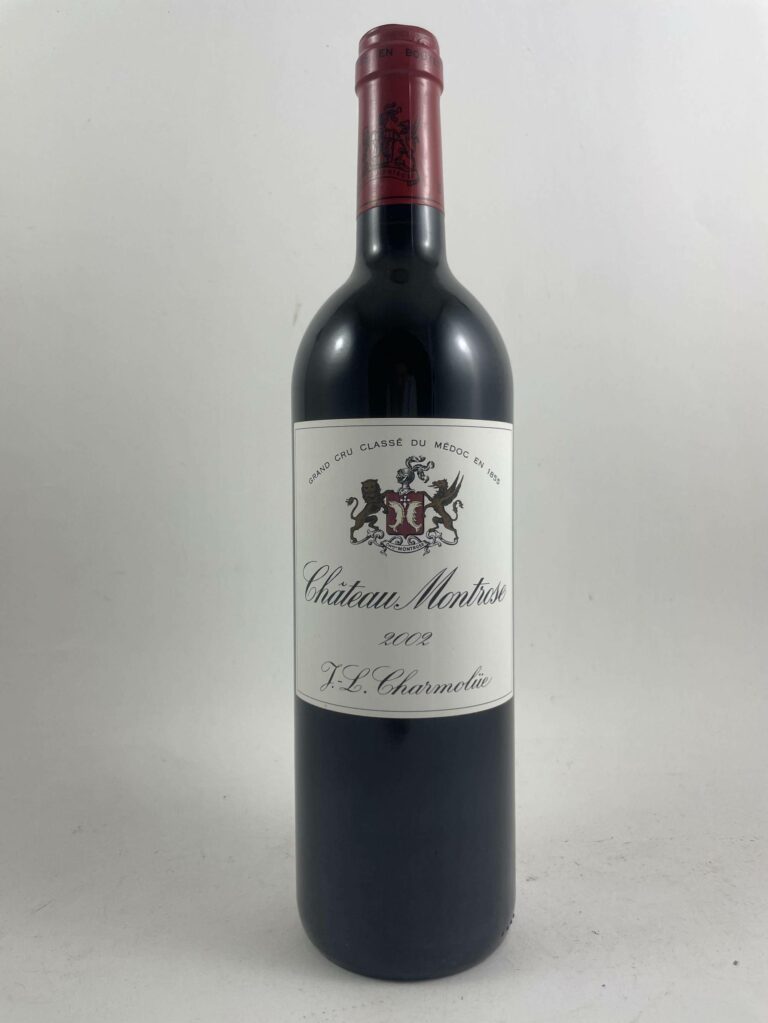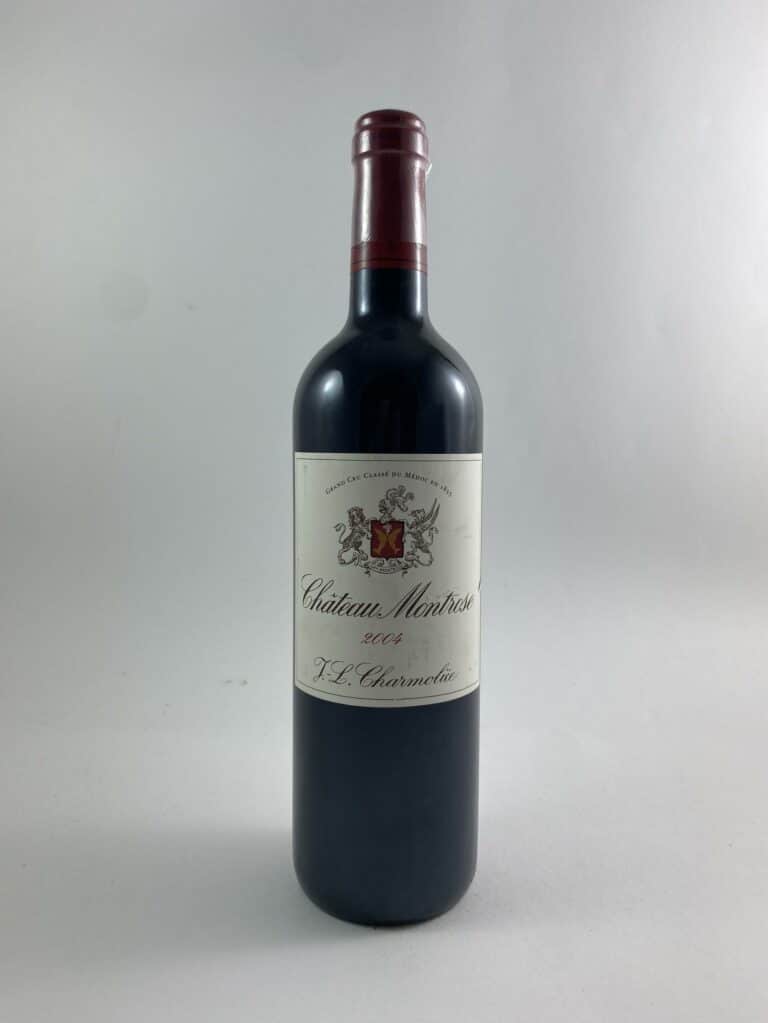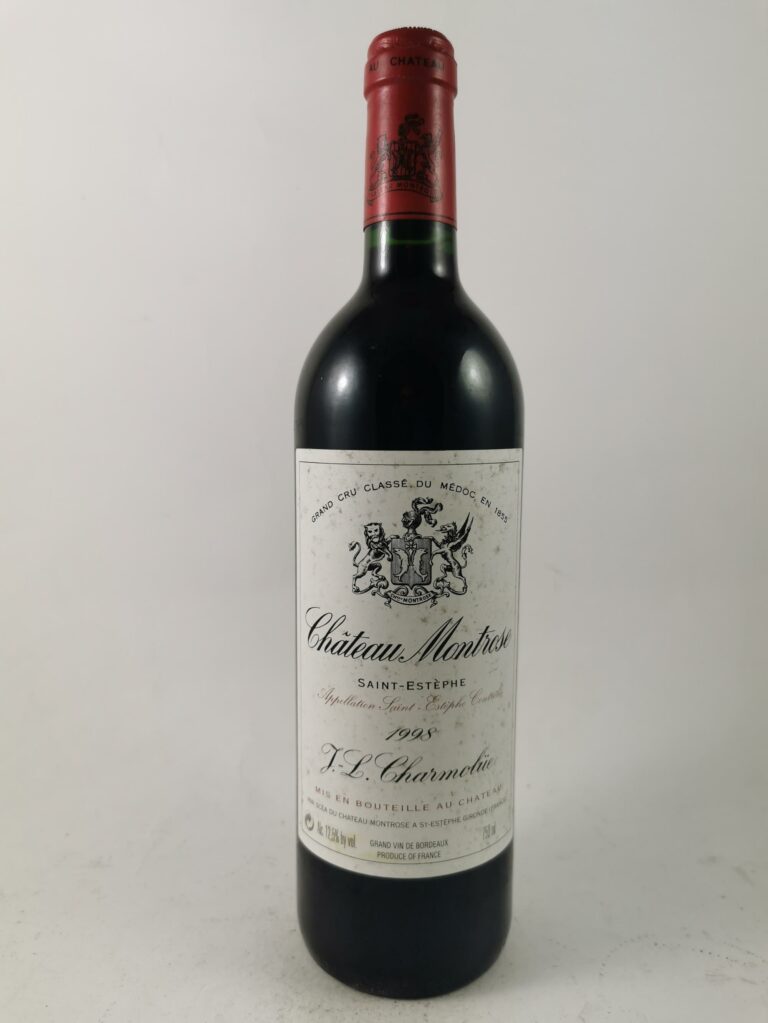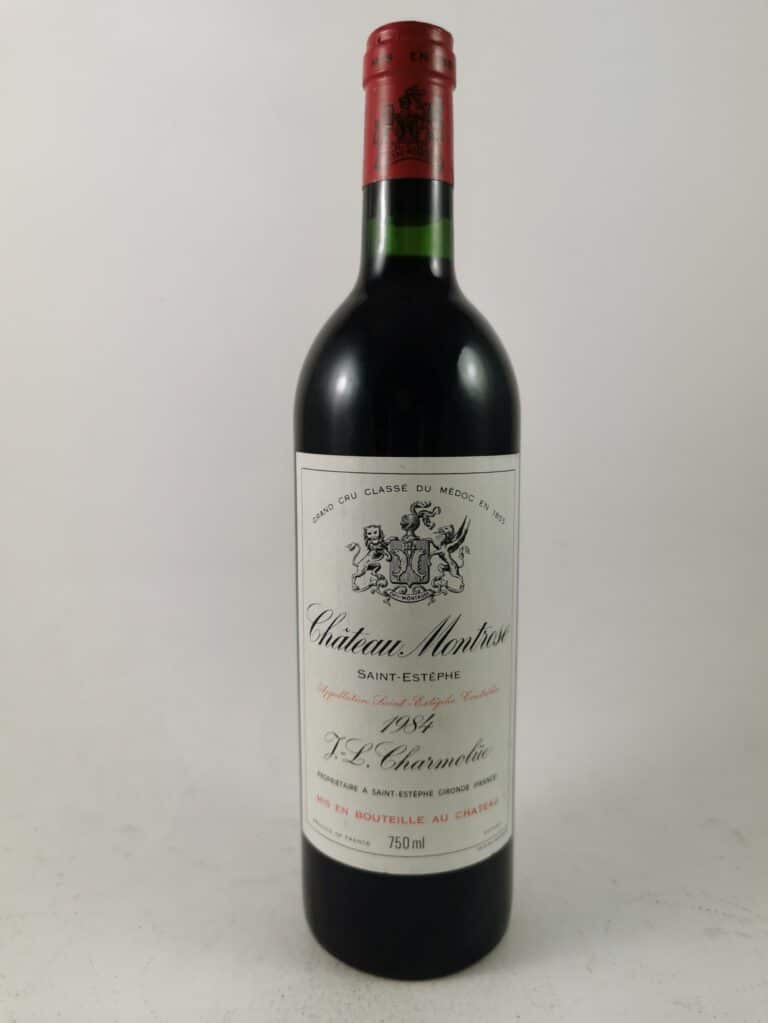Wines of Château Montrose
The history of Château Montrose:
Château Montrose, part of the Bordeaux region, is one of the youngest and most famous Grands Crus of the Médoc. But it’s also a Second Crus Classé. Château Montrose has been owned by three different families. It all began in 1815, when Etienne Théodore Dumoulin discovered the estate. After inheriting the property from the Ségur family on the death of his father, he decided to start planting vines on the estate, as well as constructing the buildings required for wine production. The legacy left by his father became Château Montrose. By 1850, the estate had grown to 50 hectares. The château’s name is a reference to the colors of the estate’s hillside during the flowering season. After working hard to make wine production possible on the estate, Château Montrose enjoyed rapid success. In fact, in 1855, when the official classification of Grands Crus Classés took place, Château Montrose was ranked as the second Grands Crus Classés, even though the vineyard was only 40 years old. After seizing the opportunities offered by Château Montrose, Etienne Théodore Dumoulin continued to develop and expand his vineyard.
In 1861, Etienne Théodore Dumoulin died, leaving his work to the Alsatian Mathieu Dollfus. By this time, the estate had grown to 95 hectares, thanks to Etienne Théodore Dumoulin’s investments and improvements. It was exactly in 1866 that Mathieu Dollfus took over the reins of Château Montrose. First, he decided to undertake an administrative reorganization. To do so, he refurbished the buildings, changed the winemaking and growing methods and modernized and innovated the facilities. At the time, Mathieu Dollfus was bringing the very best to the winery. But he didn’t stop there: after having invested in the innovation of Château Montrose, he also took the initiative of hiring staff in ideal living conditions. Staff who work at Château Montrose benefit from on-property housing, medical expenses and a share in the profits created by Château Montrose. A unique and generous vision for the employees of Château Montrose. His investment in the château resembled a small village until the arrival of phylloxera, which led Mathieu Dollfus to adapt and make changes at Château Montrose. To do this, he installs a wind turbine that pumps groundwater and floods the land. This futuristic vision enabled him to save his vineyard. The wind turbine was preserved over the years and today represents a symbol of Château Montrose.
In 1896, Mathieu Dollfus passed away, leaving his place to the Charmolüe family, who ran Château Montrose from 1896 to 2006. The Charmolüe family were wealthy owners of several châteaux. Until 2006, three different generations of the Charmolüe family were at the helm of Château Montrose. Over these many years, Château Montrose built its reputation. In fact, it was during this period that the château produced some legendary vintages, even in difficult years. In 1960, Jean-Louis Charmolüe decided to replant the vineyard and modernize the Château Montrose facilities.
Martin and Olivier Bouygues took over management of the château in 2006. They will implement an exceptional renovation project lasting seven years from 2007 to 2013. The project includes the installation of state-of-the-art winemaking equipment, a reduction in the carbon footprint and the installation of photovoltaic panels.
The Château Montrose vineyard
The 95-hectare Château Montrose has gravelly soils accompanied by sand on the surface. The subsoils are made of clay. The clay favors the formation of natural reserves that keep the vines hydrated. Château Montrose’s vines are exposed to wind and sun. The grape varieties are 60% Cabernet Sauvignon, 32% Merlot, 6% Cabernet Franc and 2% Petit Verdot. The climate at Château Montrose is a temperate microclimate, due to the proximity of the river to the estate.
Harvesting is done by hand, with a first sorting done at the time of cutting. When the bunches arrive, another manual and optical sorting is carried out. This is not the only work carried out on the grapes, as Château Montrose also pays great attention to the work in the vineyard: thinning out, working the soil, replanting and green harvesting.
Once the bunches have been picked, the berries are stored in stainless steel vats of varying sizes, to ensure that the wine is made to order. Vatting lasts around 25 days, and the wine is aged in new barrels for 18 months. The average age of the vines is 35 to 40 years, with a planting density of 9,000 vines per hectare.
Each Château Montrose parcel has its own personality, with different soil, subsoil, vine age and grape varieties.
Château Montrose has a second wine: La Dame de Montrose, a lighter wine full of charm and silkiness, more accessible than the château’s first wine. As well as a third wine: Tertio de Montrose.
Pairings and structures of Château Montrose wines
Château Montrose wine boasts a magnificent and exceptional terroir, which thus enables it to produce a red wine of exemplary quality and consistency depending on the vintage. Their wine is described as powerful, with an extreme, precise texture. This red wine is garnet-red in color, with a nose of ripe red fruit and hints of blackcurrant, mocha and light tobacco. On the palate, a fine attack with powerful tannins. The finish gives a balanced freshness. Annual production is 210,000 bottles.
To match this Saint-Estèphe wine with a dish, we recommend baked shoulder of lamb, quail with grapes or a sweetbread cassolette.
The best vintages for this Bordeaux wine are: 2019, 2018, 2016, 2014, 2010, 2003, 2000, 1995, 1990 and 1978.
Interested in Saint-Estèphe wines? Treat yourself to a bottle of this wine we have in stock at Express Wine!
See also our wines from the following areas:

